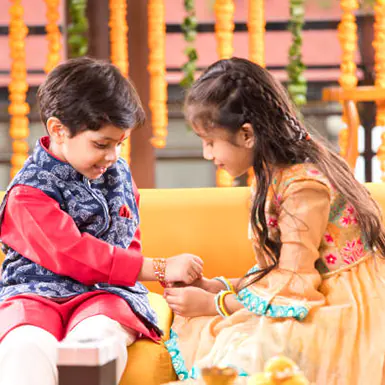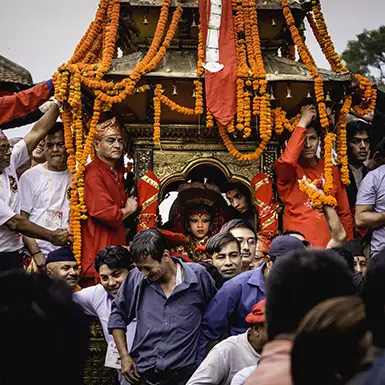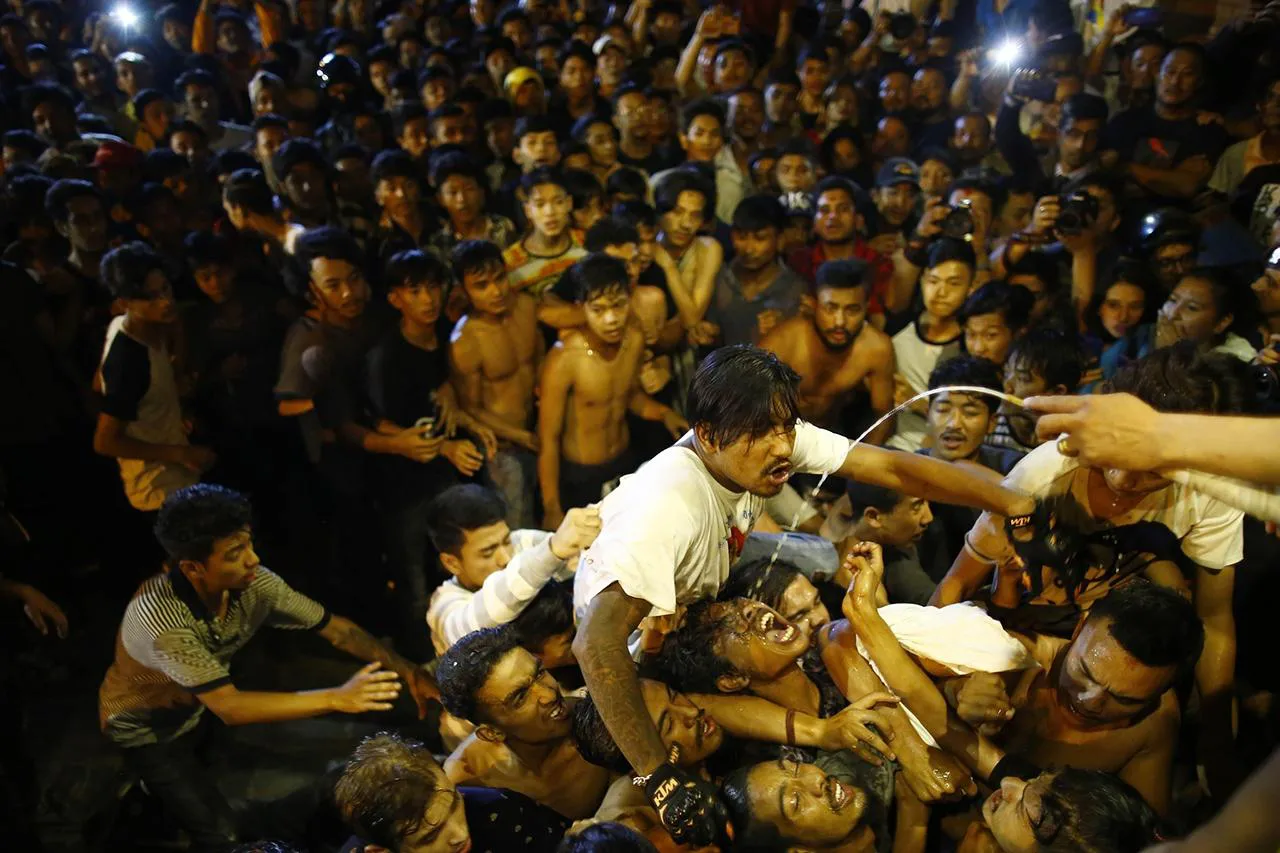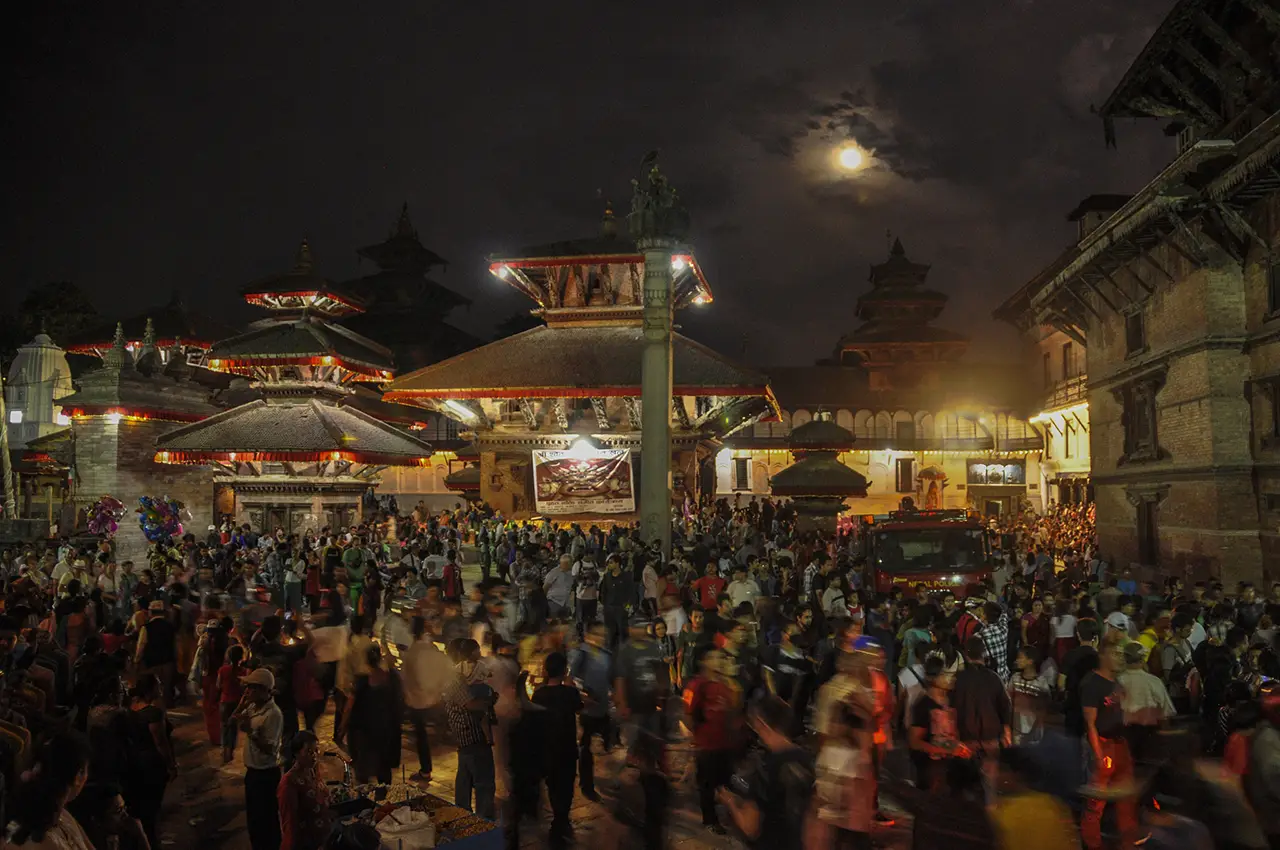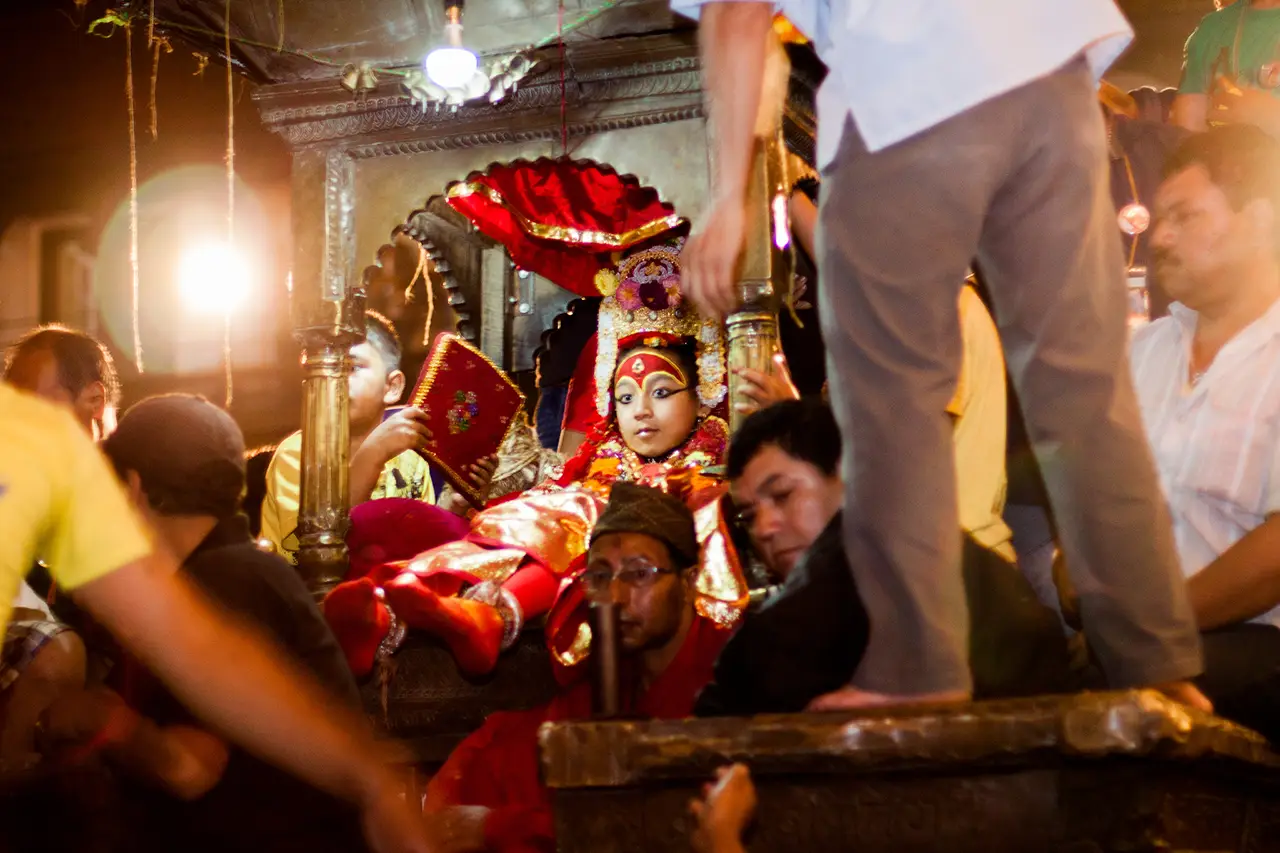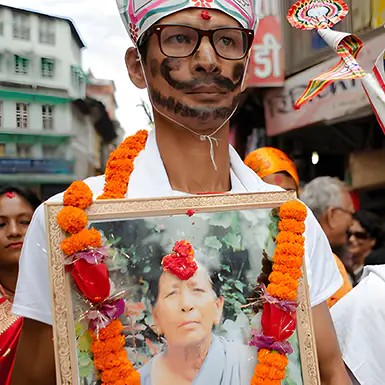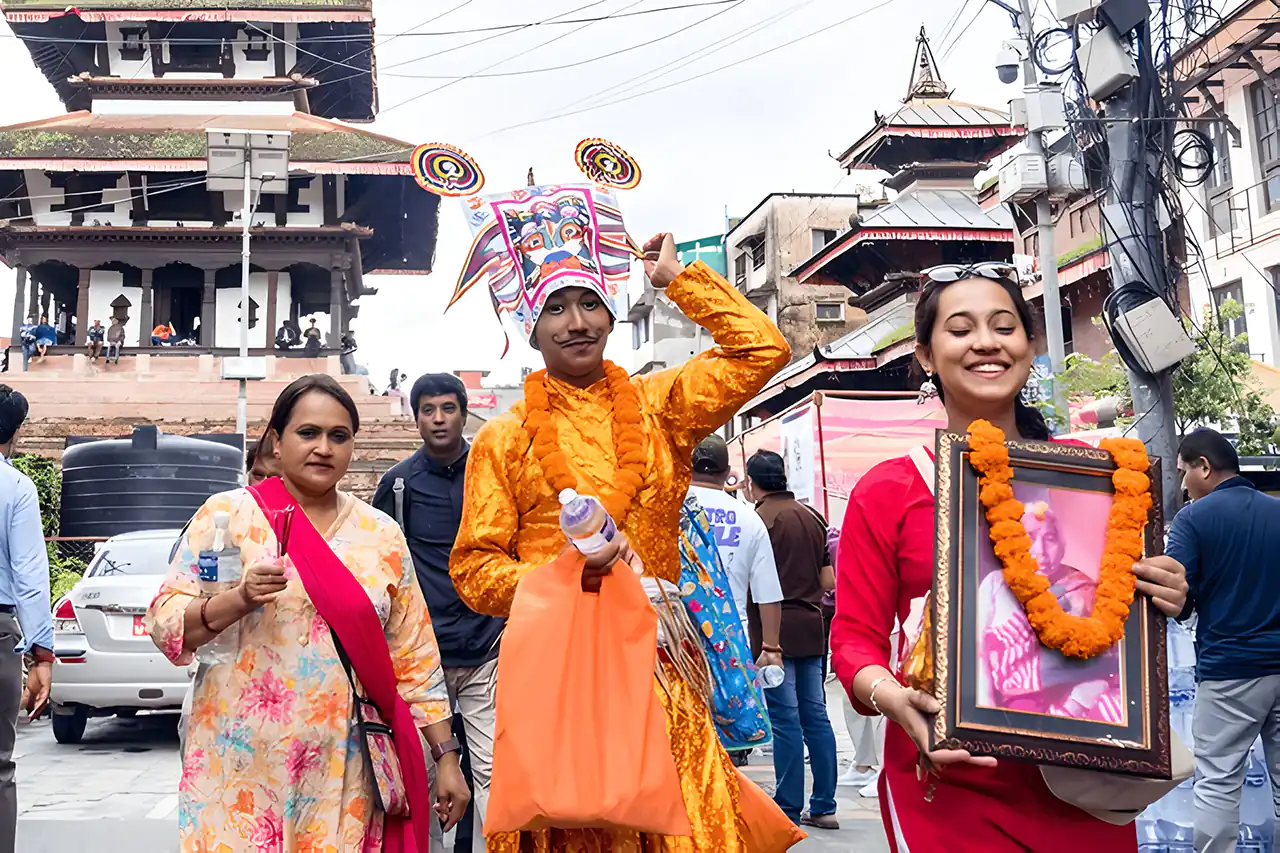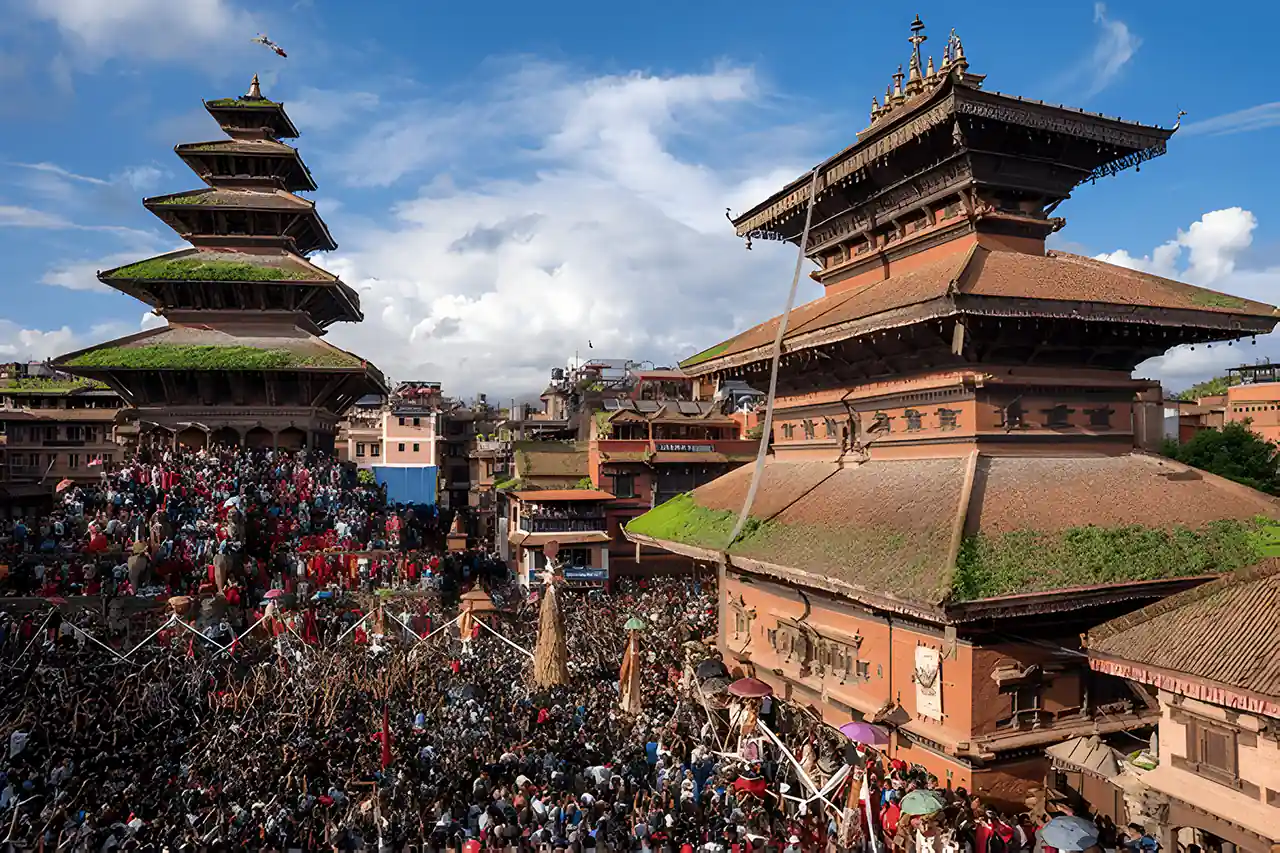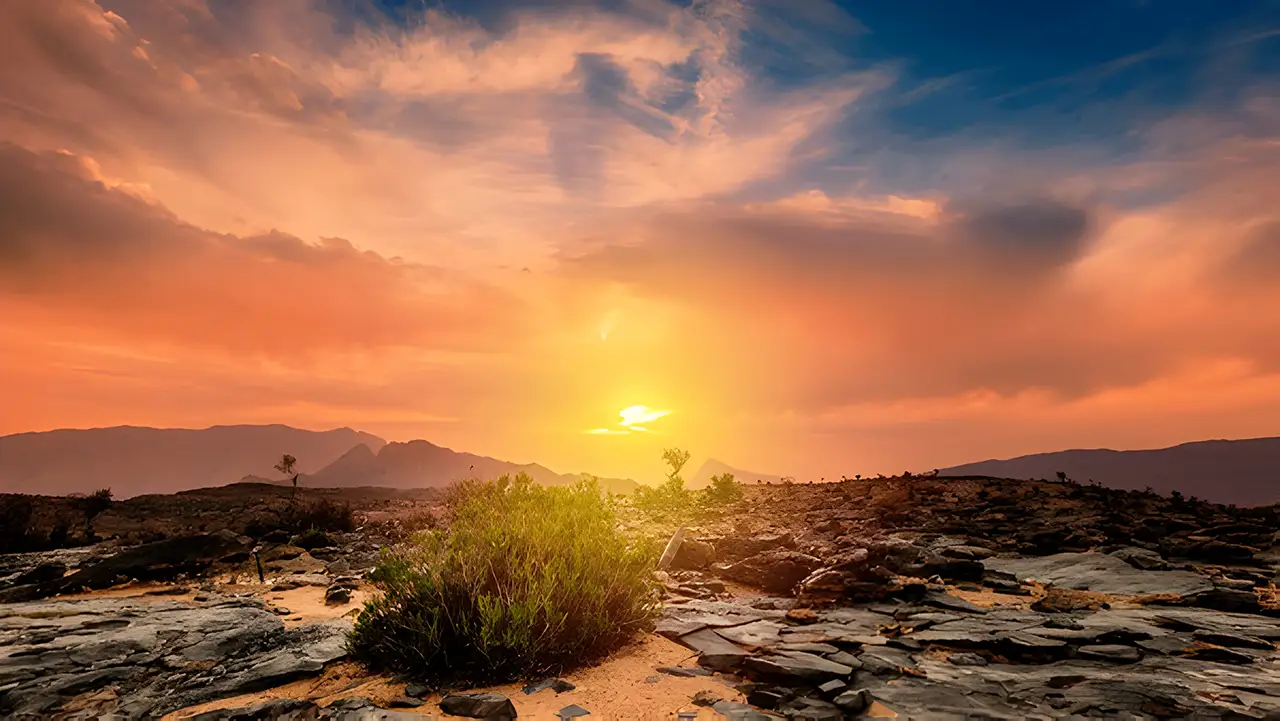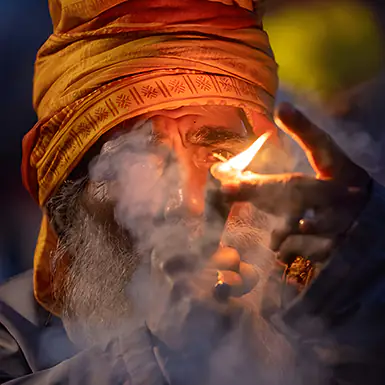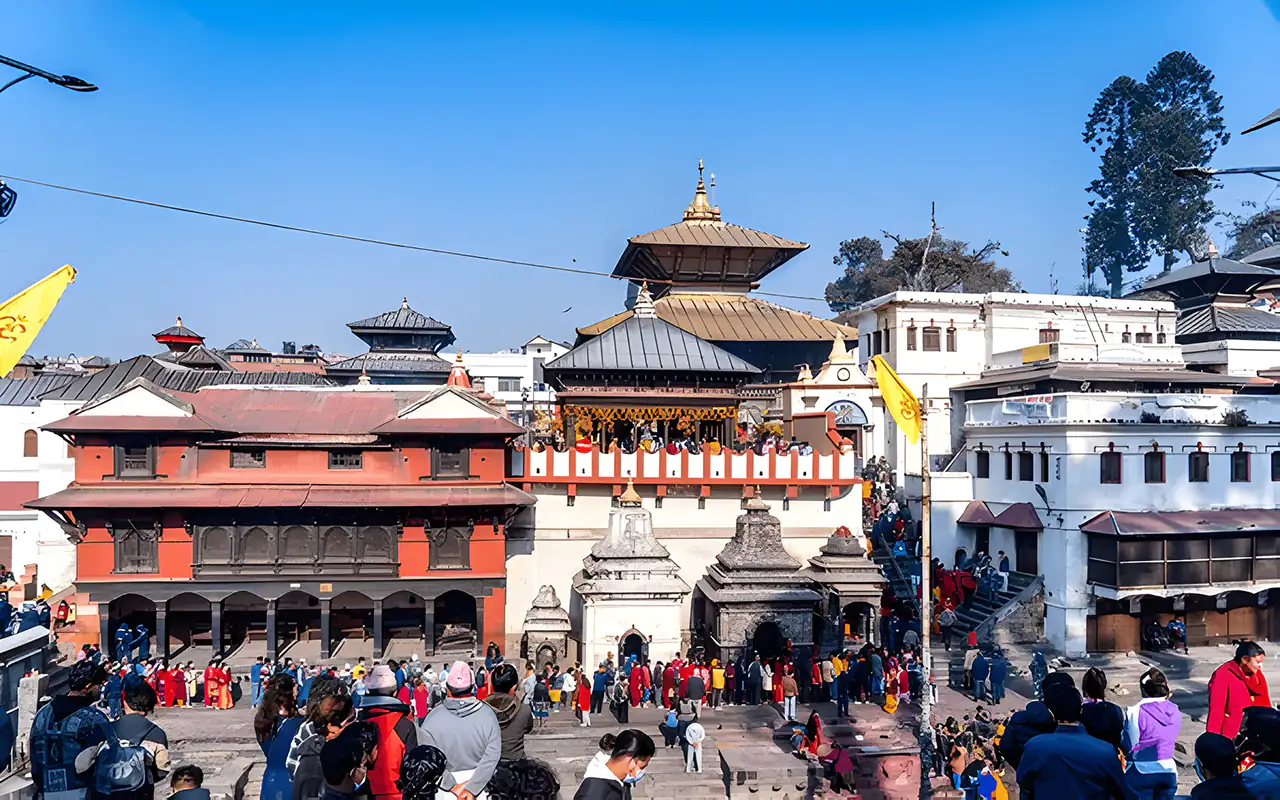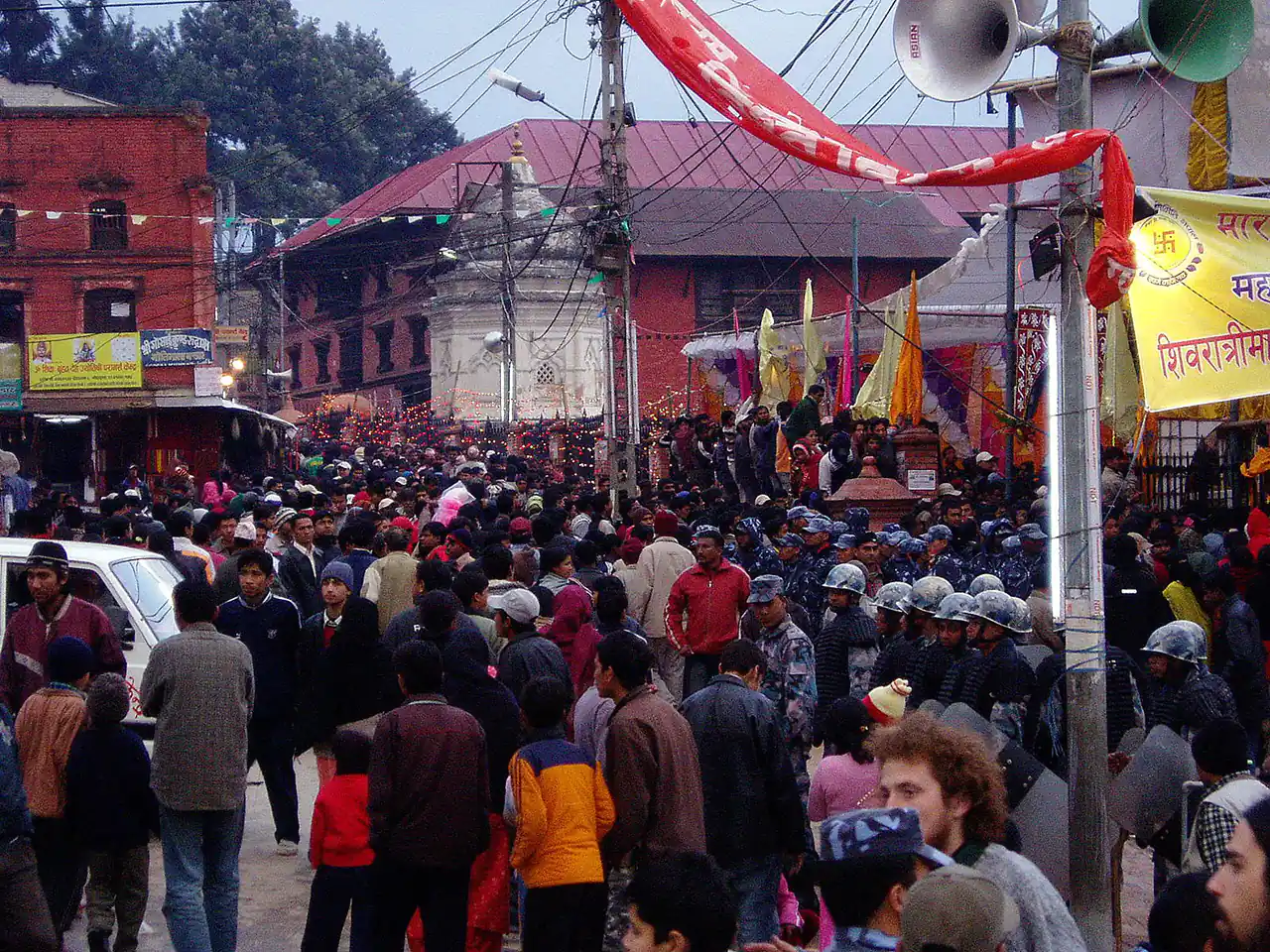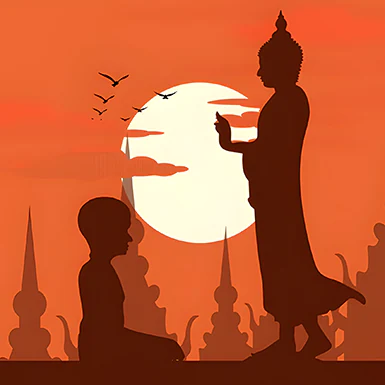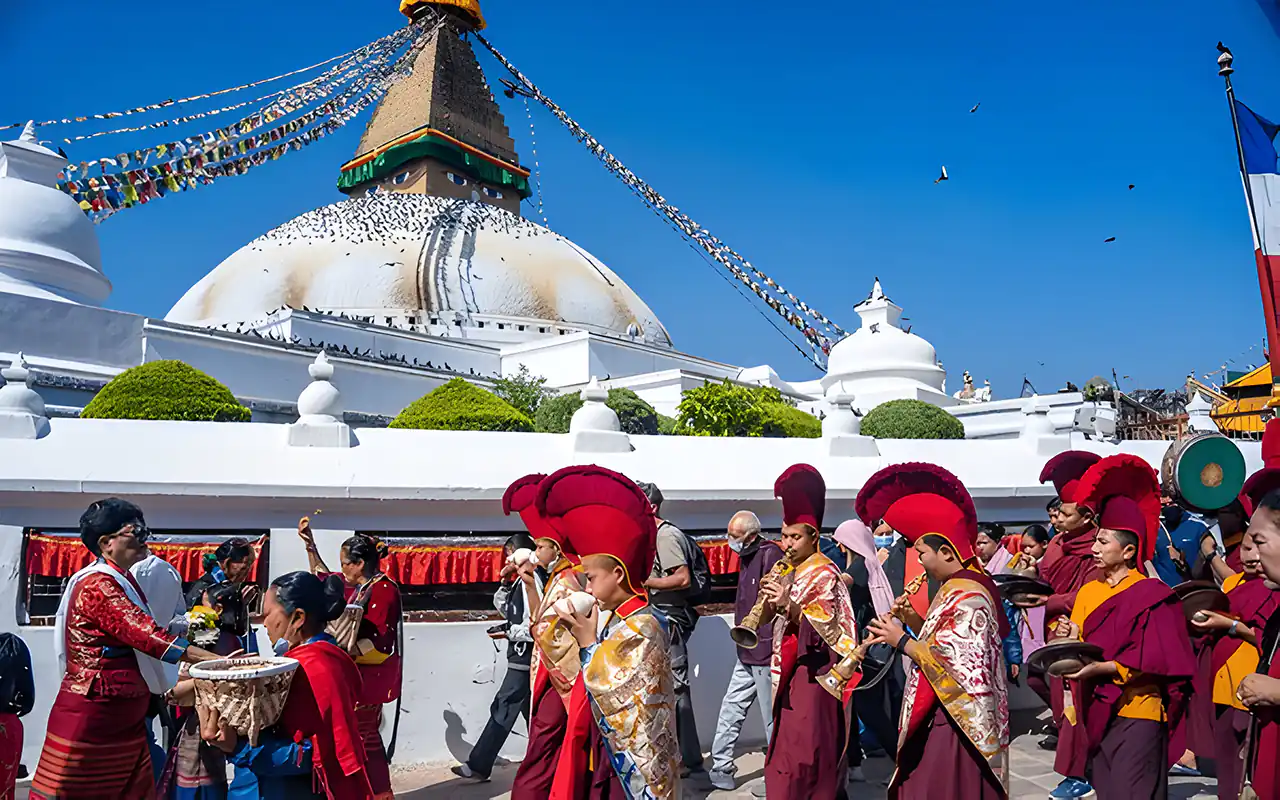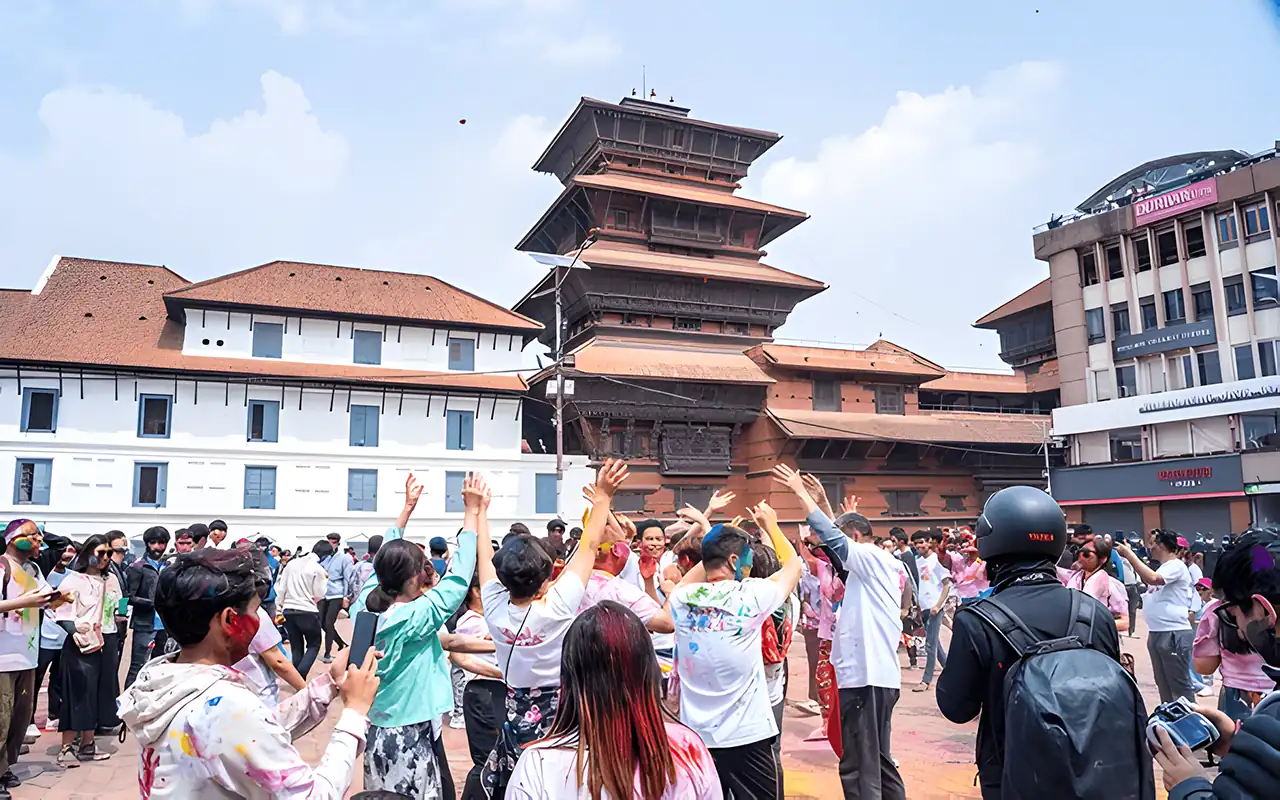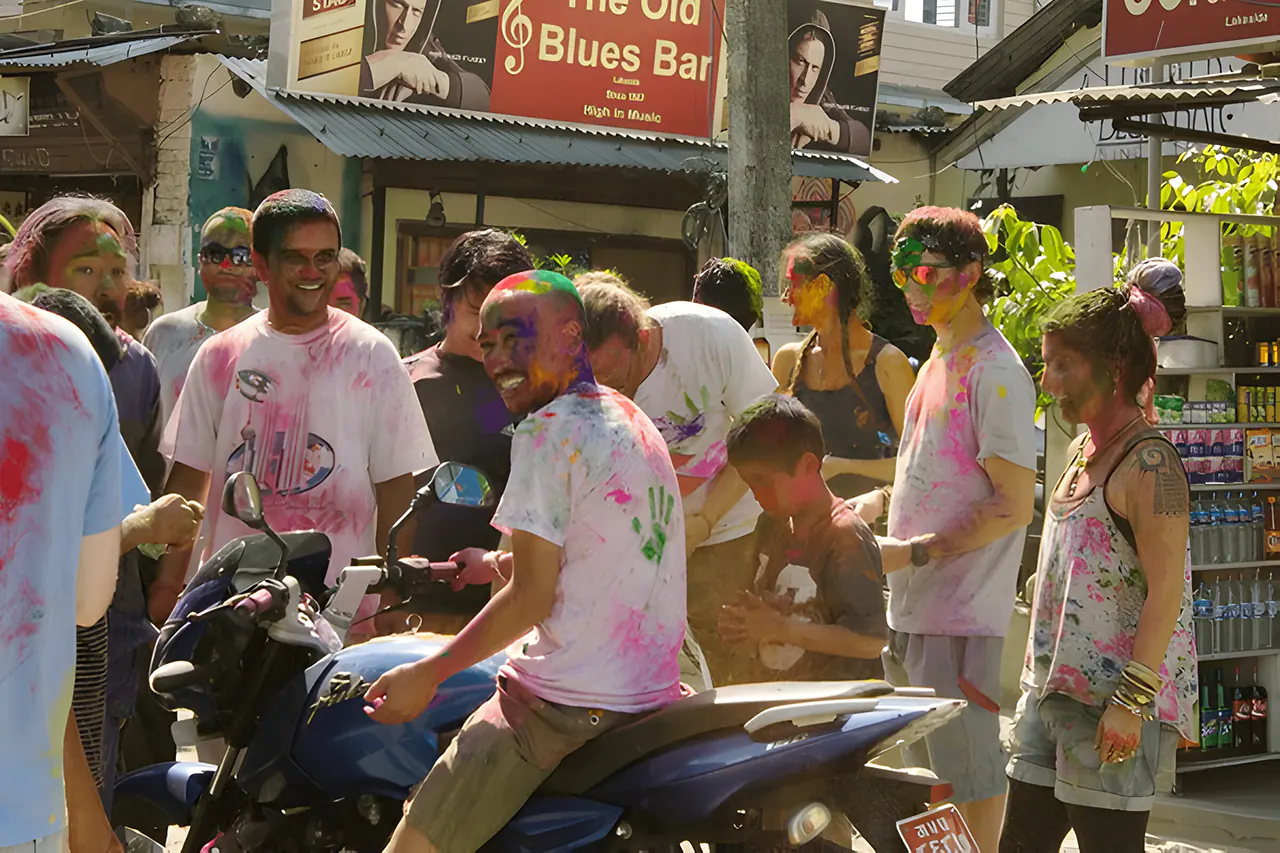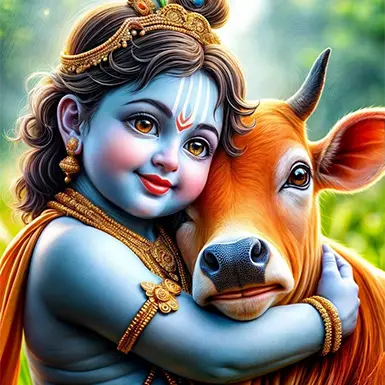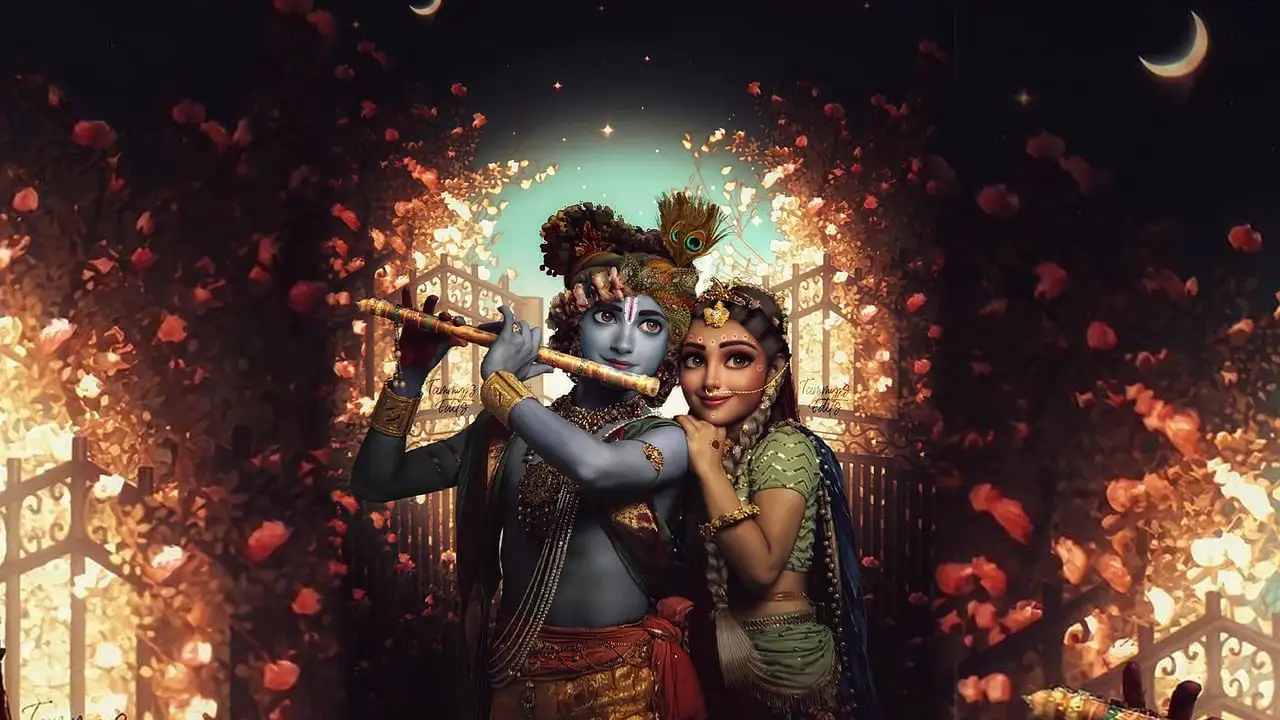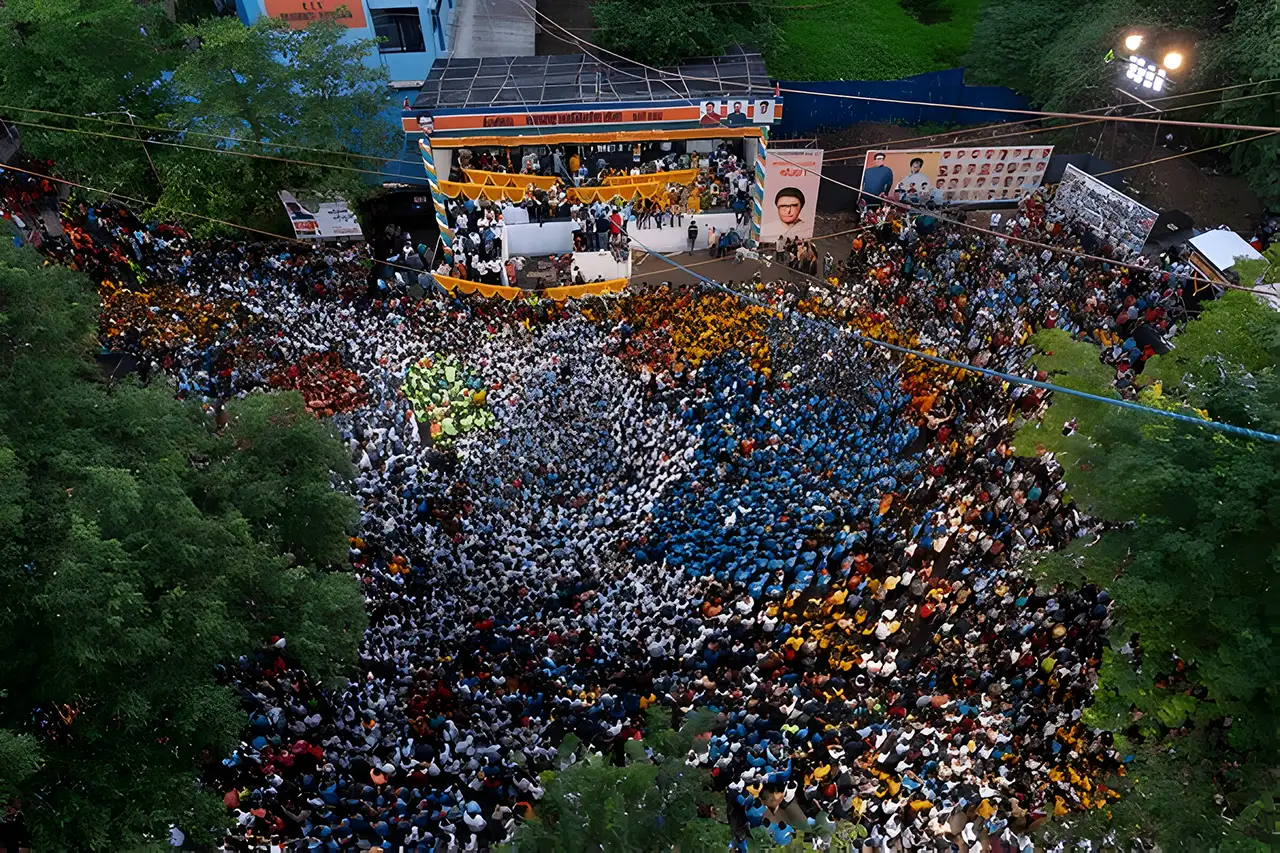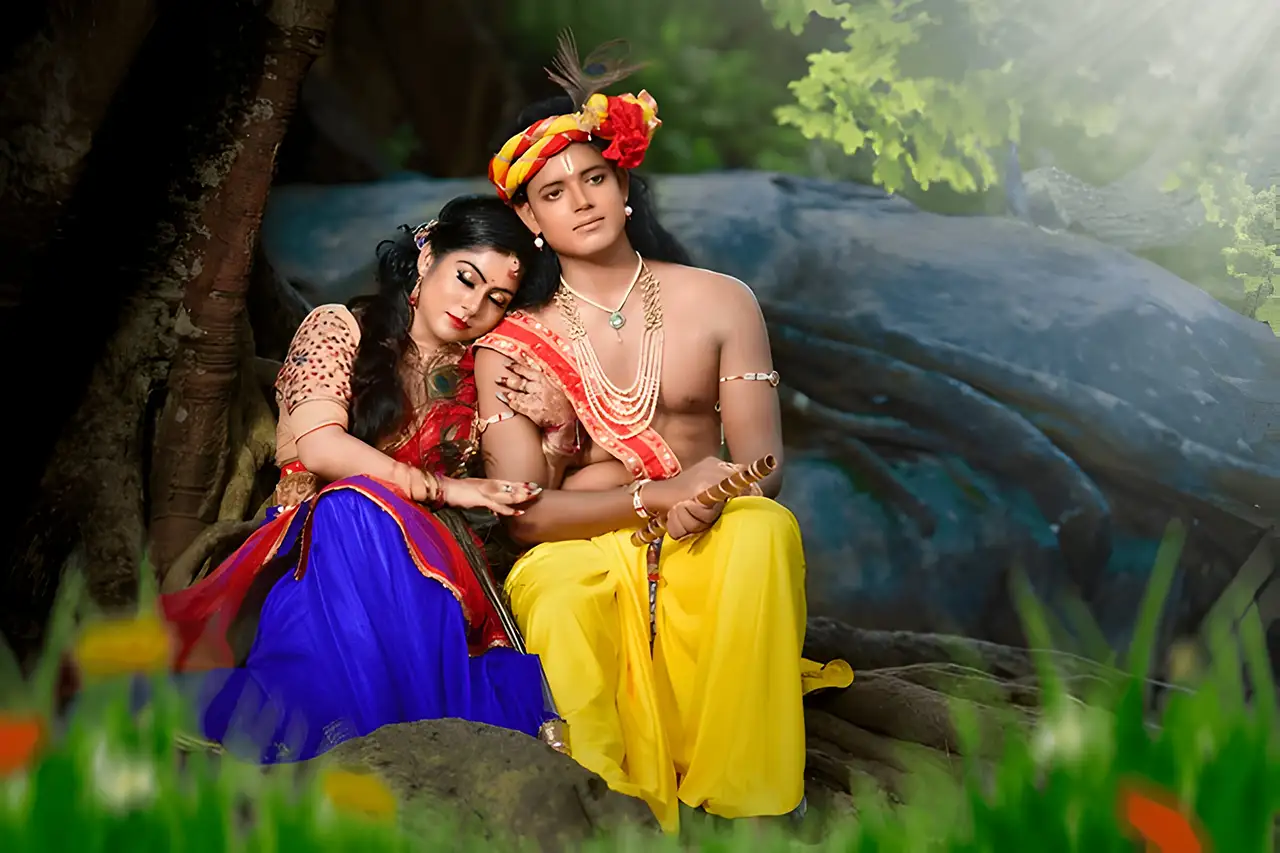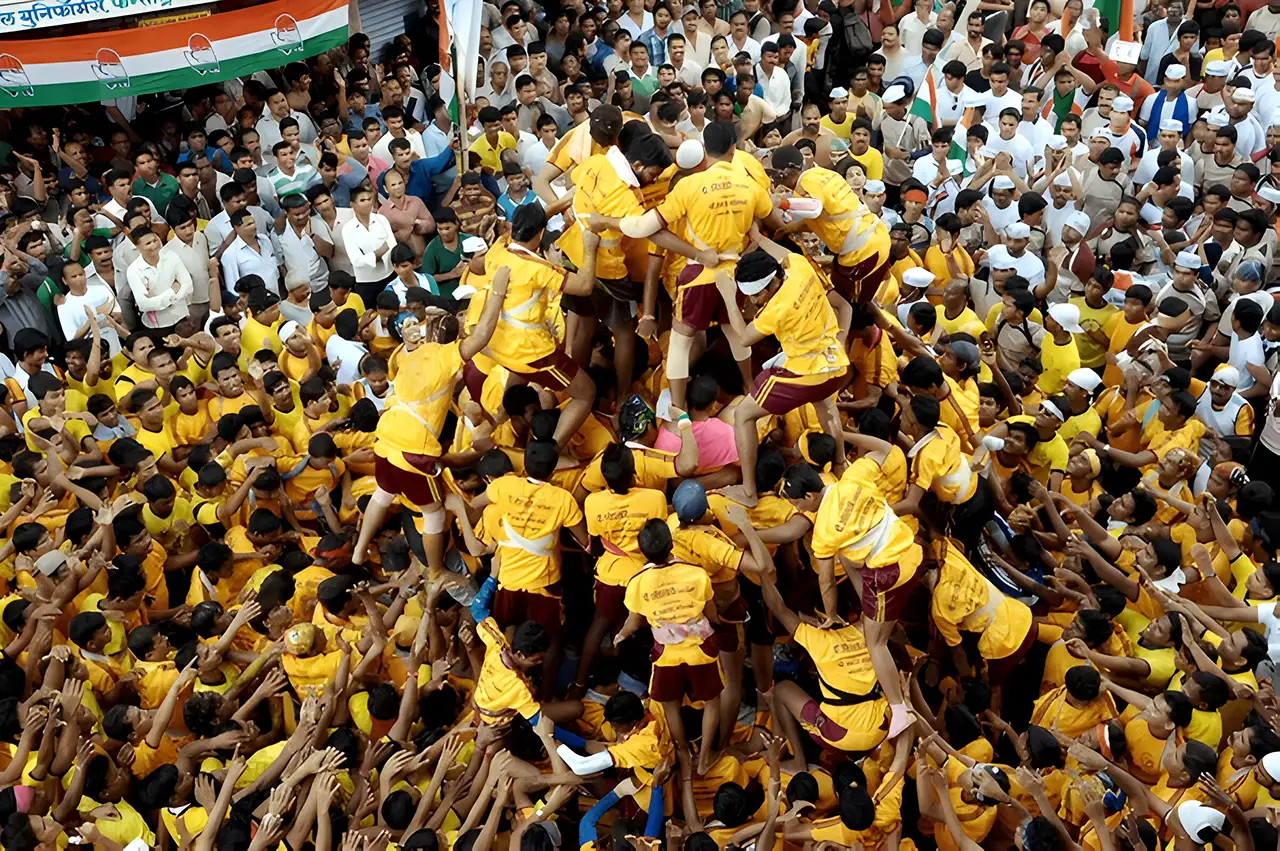Rakshya Bandhan, commonly known as Rakhi, is a heartfelt Hindu festival widely celebrated in India and Nepal. The festival commemorates the everlasting relationship between brothers and sisters by tying a rakhi to the holy thread around a brother’s wrist. This act symbolizes a sister’s prayers for her brother’s safety; in return, he promises to protect her. Raksha Bandhan honors tradition strengthens family ties and highlights mutual duties among siblings.
During Shravana month, around August, people observe Raksha Bandhan celebrations when the moon goes into light, which is the month of Hindi-based calendars. On this day, we celebrate Janai Purnima, which elevates its importance across various communities. As “Happy Rakshya Bandhan” fills the air, families and friends come together to observe rituals, gift exchanges, and feasting on celebratory foods. Tying rakhi denotes love, pledges, and protection. Hence, Raksha Bandhan is an event to re-establish and rejoice in the unique sibling-affection bond.

Historical and Mythological Origins of Rakshya Bandhan
Rakshya Bandhan is revered and celebrated in Hindu mythology through numerous stories emphasizing its rich cultural and spiritual significance. These stories illustrate the strong bond between siblings and the deep trust and commitment associated with rakhi. The following are essential mythological tales linked to Raksha Bandhan:
Lord Krishna and Draupadi
- Incident from the Mahabharata: Lord Krishna accidentally cuts his finger in a well-known episode. Draupadi, the wife of the Pandavas, quickly tears a strip from her saree and ties it around Krishna’s finger to stem the bleeding.
- Symbolic Vow of Protection: Moved by Draupadi’s compassion and quick thinking, Krishna vows to protect her in return. He famously honors this promise during Draupadi’s disrobing, miraculously extending her saree to prevent humiliation, thus safeguarding her honor.
King Bali and Goddess Lakshmi
- A Divine Promise: This story centers on the demon king Bali, a devoted follower of Lord Vishnu, whose deep devotion earns him the deity’s protection over his kingdom, leading Vishnu to leave his heavenly abode.
- Goddess Lakshmi’s Strategy: Feeling her husband’s absence, Goddess Lakshmi approaches Bali and ties a rakhi on his wrist, establishing a brotherly bond. Touched by this act, Bali grants her a wish.
- Fulfillment of the Promise: Lakshmi wishes for Vishnu’s return to Vaikuntha. Respecting the sanctity of the rakhi, Bali agrees, allowing Vishnu to return with Lakshmi. This story highlights the rakhi’s role as a protector of relationships and a fulfiller of deep-seated promises.
Ceremony and Rituals of Rakshya Bandhan
Rakshya Bandhan, fervently celebrated in India and Nepal, embodies deep-rooted traditions that celebrate the bond between siblings. Here’s an exploration of the significant rituals that mark this cherished festival.
Tying the Rakhi
- Symbol of Protection and Love: The core of Rakshya Bandhan features sisters adorning their brothers’ wrists with a rakhi, a sacred and ornate thread. This ritual powerfully expresses her hopes for his well-being and success. The colorful rakhi symbolizes her love and her prayers for him.
- Vow of Protection: As the sister ties the rakhi, the brother commits to protect and support her, reinforcing the protective nature of their bond. This practice strengthens their connection and reaffirms their roles within the family, promoting a sense of mutual responsibility and care.
Gift Exchange and Prayers
- Exchange of Gifts: After securing the rakhi, brothers give their sisters gifts. These presents, ranging from simple tokens to lavish items, show their appreciation and affection. This exchange underscores their shared respect and love, reinforcing their lasting bond.
- Accompanying Prayers: While tying the rakhi, sisters typically chant prayers for their brothers’ longevity and prosperity. Traditional rituals accompany these prayers, such as lighting a diya (lamp) to symbolize the removal of darkness and the arrival of light and wisdom.
Janai Purnima
- Dual Celebration in Nepal: In Nepal, Raksha Bandhan coincides with Janai Purnima, when Brahmins and other Hindu communities renew their sacred thread, known as ‘Janai.’ This thread, worn across the chest, is changed yearly to signify spiritual cleansing and renewal.
- Significance of the Practice: The renewal of the Janai on Janai Purnima highlights a commitment to Vedic teachings and religious duties. The day is marked by ritual baths, prayers, and family reunions, enhancing the spiritual dimension of the festival.

Cultural Significance of Raksha Bandhan
Raksha Bandhan, widely celebrated, carries profound cultural importance, particularly in the context of family and societal connections. This festival extends beyond the simple act of tying a rakhi, embracing themes of duty, protection, and affection that resonate deeply within families and communities.
Reinforcing Family Ties
- Strengthening Sibling Bonds: Rakshya Bandhan centers on the bond between brothers and sisters. Tying a rakhi symbolizes a sister’s love and prayers for her brother’s well-being, while the brother’s vow to protect her strengthens their relationship. This ritual reinforces their responsibilities to each other and deepens their connection, making the festival a critical moment for reaffirming family ties.
- Family Gatherings and Traditions: Raksha Bandhan is also a reason for joining families. Brothers and sisters who do not live together usually try their best to meet during this festival, which helps celebrate oneness. These family get-togethers allow members to meet again after a long period of separation, remind each other about old times, and teach the youngsters what they have been learning from generation to generation. Also, within the family, there are places where you can remind your relatives of words such as “Happy Rakshya Bandhan,” which makes it even warmer and closer.
Reflecting Broader Societal Themes
- Promoting Societal Bonds: Rakshya Bandhan emphasizes broader societal themes beyond the family. The festival reinforces the idea that protection and care extend beyond immediate family, often including cousins, distant relatives, and close friends. By tying a rakhi to those they consider brothers, they expand the circle of care and responsibility, promoting a culture of support and mutual respect within the community.
- Themes of Duty and Protection: Raksha Bandhan highlights values of duty and protection that are vital for societal harmony. The brother’s promise to protect his sister symbolizes a broader commitment to safeguard the vulnerable and uphold moral responsibilities within the community. This festival aspect mirrors societal expectations that individuals will look out for each other, ensuring collective well-being.
Integration with Janai Purnima
- Cultural Confluence in Nepal: In Nepal, Raksha Bandhan coincides with Janai Purnima, a day when Brahmins renew their sacred thread, known as ‘Janai.’ This tradition adds another layer of cultural significance, linking family bonds with spiritual renewal. The dual celebration highlights the interconnectedness of personal relationships and religious duties, showing how these themes weave into the fabric of societal life.
Regional Variations of Raksha Bandhan
Though universally recognized as a celebration of sibling bonds, Rakshya Bandhan manifests differently across various regions of India and within Indian diaspora communities worldwide. Each region introduces its unique customs, rituals, and traditions into the celebration while maintaining the central theme of Raksha Bandhan. Here’s how different regions observe this festival.
Raksha Bandhan in Northern India
- Traditional Celebrations: Northern India, particularly in states like Uttar Pradesh, Punjab, and Rajasthan, celebrates Rakshya Bandhan with grandeur. Sisters prepare special thalis with rakhis, sweets, and a diya for the ritual. In return, brothers offer gifts and promise to protect their sisters. Families gather to exchange warm “Happy Rakshya Bandhan” greetings, strengthening their familial bonds.
- Cultural Elements: People in northern India also celebrate with traditional attire and elaborate meals. The festival often features regional dishes like puris, laddoos, and other festive delicacies.
Raksha Bandhan in Western India
- Maharashtra’s Narali Purnima: In Maharashtra, Rakshya Bandhan coincides with Narali Purnima, a festival dedicated to the sea god Varuna. Fishermen offer coconuts to the sea and pray for safety and a prosperous harvest. Here, the celebration of Raksha Bandhan blends coastal traditions with themes of protection and well-being for families and communities.
- Goan Traditions: In Goa, Raksha Bandhan integrates local customs of honoring deities. Brothers and sisters participate in the festival with familiar rituals, but the celebration reflects Goa’s unique cultural influences.
Raksha Bandhan in Eastern India
- Odisha and West Bengal: In Odisha and West Bengal, Raksha Bandhan aligns with Jhulan Purnima, a festival dedicated to Lord Krishna and Radha. The day becomes a dual celebration of sibling bonds and devotion to divine love. Sisters tie rakhis while families exchange “Happy Rakshya Bandhan” greetings and partake in local festivities.
- Simple Celebrations in Bihar: In Bihar, celebrations remain simple and focused on family unity. Sisters visit their brothers, tie rakhis, and share a meal. The emphasis is on blessings and togetherness rather than extravagant festivities.
Raksha Bandhan in Southern India
- Avani Avittam: In Tamil Nadu, Kerala, and parts of Andhra Pradesh, Raksha Bandhan coincides with Avani Avittam, a significant day for Brahmins. On this day, Brahmins change their sacred thread, much like the Janai Purnima ritual in Nepal. While Rakshya Bandhan celebrations are more understated in the south, the day holds cultural and spiritual meaning.
- Intimate Family Gatherings: Southern states often observe Raksha Bandhan through smaller family gatherings. Sisters tie rakhis to their brothers, followed by prayers and a shared meal, focusing on family and blessings.
Raksha Bandhan Among Indian Diaspora Communities
- Global Celebrations: In Indian diaspora communities worldwide, Raksha Bandhan takes on new dimensions. Families in countries like the United States, the United Kingdom, Canada, and Australia celebrate the festival while incorporating local traditions. Raksha Bandhan offers a chance for Indians abroad to reconnect with their heritage, ensuring that the festival’s traditions continue across generations.
- Blending with Local Cultures: Many diaspora communities adapt Rakshya Bandhan to fit into their surroundings, often merging it with local festivals. For example, in the United States, Raksha Bandhan may coincide with Independence Day celebrations, resulting in a dual celebration of freedom and family.
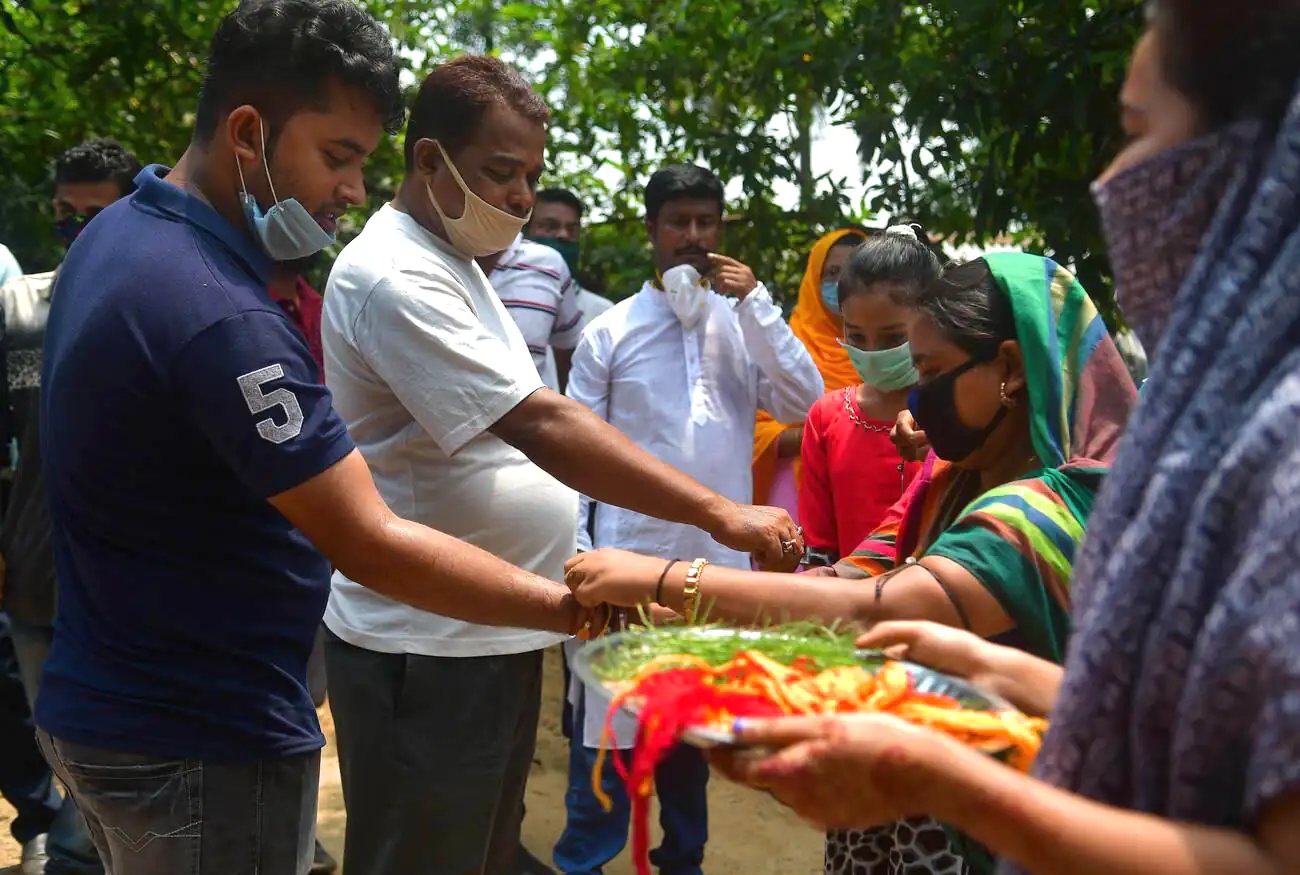
Modern Celebrations of Raksha Bandhan
As the world evolves, so do the ways people celebrate Rakshya Bandhan. Although the festival retains its traditional essence, modern practices have made it more convenient, especially for distant families. Here’s how contemporary life has influenced Raksha Bandhan, from online rakhi deliveries to virtual gatherings.
Online Rakhi Deliveries
- Convenient and Fast: The ease of procuring rakhis online has dramatically increased the number of people sending them to their siblings. Some websites have developed special services to accommodate this need. The original spirit of Raksha Bandhan is still literally maintained despite physical distance in cases where brothers and sisters cannot meet.
- Personalized Options: Many online stores now offer customizable rakhi options, allowing sisters to add personal touches such as names, photos, or particular messages. These personalized rakhis help distant siblings feel connected, even when celebrating Raksha Bandhan from afar.
Virtual Celebrations
- Staying Connected Despite Distance: Virtual celebrations have become famous for families celebrating Rakshya Bandhan across different time zones and continents. Video calls and messaging apps allow siblings to share the rakhi-tying ceremony in real time, keeping the tradition alive despite physical distance. As they exchange “Happy Rakshya Bandhan” wishes online, technology helps bridge the gap, making the festival just as unique.
- Virtual Gifting: Alongside virtual rakhi ceremonies, many families now exchange gifts through online platforms. Digital gift cards, e-vouchers, and personalized digital gifts have become common ways for siblings to express their love and appreciation without needing to meet in person.
Eco-Friendly Celebrations
- Sustainability in Focus: Many modern Raksha Bandhan celebrations now emphasize sustainability. People increasingly choose eco-friendly rakhis from biodegradable materials like cotton, seeds, or bamboo. This conscious shift reflects a commitment to environmental responsibility and siblings’ love.
- Minimalist Celebrations: Some families opt for more thoughtful, minimalist celebrations, focusing on heartfelt sentiment rather than material gifts. Handcrafted rakhis, homemade sweets, and personal messages often replace lavish festivities, allowing the true essence of Raksha Bandhan to shine more sustainably.
Adapting to Changing Times
- Celebrating Across Cultures: Indian diaspora communities often adapt Rakshya Bandhan to suit their new surroundings, blending local traditions with their own. Families abroad commemorate the festival with a mix of Indian customs and local culture, proving that the bond of Raksha Bandhan can thrive anywhere in the world.
- Influence of Social Media: Social media has become a significant part of modern Raksha Bandhan celebrations. Many siblings share their Raksha Bandhan moments by posting pictures and messages online, connecting with extended family and friends across the globe. This social aspect adds another layer to the festival, allowing families to celebrate together, even from a distance.
Personal Stories and Community Voices in Raksha Bandhan
Raksha Bandhan, a festival centered on the bonds of love and protection between siblings, carries profound emotional and cultural significance. Beyond the rituals and festivities, personal stories and community experiences deepen the meaning of the celebration. Below, we explore anecdotes and interviews that reveal Raksha Bandhan’s heartfelt connections.
Sibling Bonds Across Distance
- Reconnecting Through Rakhi: Priya, who moved to the United States for work, finds that Raksha Bandhan keeps her connected to her family in India. “Every year, I send a rakhi to my brother back home. This small gesture keeps our bond alive despite being miles apart. We video call during the rakhi ceremony, and as I tie the virtual rakhi, we exchange ‘Happy Rakshya Bandhan’ wishes. It’s not like being there in person, but it reminds us that our connection remains strong no matter where I am.”
- A Tale of Sacrifice and Love: Anjali from Rajasthan reflects on how Raksha Bandhan holds more profound meaning for her. “When my brother studied abroad, he couldn’t return home for Raksha Bandhan. I felt sadness and pride because he was pursuing his dreams. I tied a rakhi to his photograph that year and sent him a video message. Even though distance separated us, I felt his love and the protection he promised me stronger than ever.”
Community Celebrations and Cultural Pride
- Honoring Traditions in the Village: Raksha Bandhan has become a celebration for the entire community in a small village in Uttar Pradesh. Rajesh, a local elder, shares, “Here, Raksha Bandhan isn’t just for individual families. The village comes together, and sisters tie rakhis to brothers and others they consider protectors. We exchange ‘Happy Rakshya Bandan’ wishes with everyone. It reminds us that we all look out for each other, creating a strong sense of unity.”
- Janai Purnima in Nepal: In Nepal, Raksha Bandhan coincides with Janai Purnima, a day when Brahmins renew their sacred thread. Ramesh, a priest from Kathmandu, explains, “For us, Janai Purnima and Raksha Bandhan go hand in hand. The sacred thread represents protection and spiritual renewal, and the rakhi represents the bond between siblings. Celebrating both adds depth to the day, reminding us of our cultural heritage and the need to protect those we love.”
The Emotional Impact of Raksha Bandhan
- A Mother’s Perspective: Sunita, a mother of two, speaks about the emotional significance of Raksha Bandhan. “Seeing my children celebrate Raksha Bandhan brings back memories of my childhood. Watching my daughter tie a rakhi on her brother’s wrist is emotional because I see their love. I hope they carry this bond throughout their lives. For me, it’s not just about the ritual. It’s about teaching them the values of care and protection I want them to hold onto forever.”
- New Beginnings: Aarti recently joined her husband’s family and found Raksha Bandhan to be a particular source of connection. “This year was my first Raksha Bandhan with my in-laws. Tying a rakhi to my brother-in-law was meaningful, symbolizing my love for him and my new beginning with the family. We exchanged heartfelt ‘Happy Rakshya Bandhan’ wishes, and at that moment, I truly felt welcome in my new family.”
Social and Economic Impact of Raksha Bandhan
Rakshya Bandhan is a festival celebrating the special bond between brothers and sisters. However, it has more significant emotional and cultural implications than just being a family occasion celebrated annually. The festival further boosts consumer spending, especially for rakhis, gifts, and festive items. Raksha Bandhan affects many sectors of the economy just like any other major festival.
The Economic Impact of Raksha Bandhan
- The Rakhi Market Boom: Raksha Bandhan significantly boosts the economy through rakhi sales. Both online and physical markets see a spike in demand for rakhis, ranging from traditional to modern and personalized designs. Artisans and small businesses benefit from this surge, with handmade and custom rakhis attracting consumers seeking meaningful gifts. Online platforms have expanded this market, making it easy for customers to order rakhis, even from overseas.
- Consumer Spending Surge: Rakshya Bandhan also drives increased spending on gifts, sweets, and other festival-related products. Retailers, including confectioners, jewelers, and clothing stores, experience a rise in sales as families buy gifts for their siblings; promotional offers and discounts during the festival boost sales, encouraging higher consumer spending across various sectors.
- Impact on the Service Industry: The festival also positively impacts the service industry. Restaurants and catering businesses see a rise in demand due to family gatherings, while transportation services experience higher bookings as people travel to celebrate Raksha Bandhan with their loved ones. The economic ripple effect of Raksha Bandhan reaches multiple sectors, contributing to overall economic growth during the festival period.
Challenges and Adaptations in Raksha Bandhan
- Commercialization Concerns: As Rakshya Bandhan has grown in popularity, some traditionalists express concerns about the increasing commercialization of the festival. The focus on purchasing extravagant rakhis and expensive gifts can sometimes overshadow the festival’s true meaning of love and protection. The pressure to spend more can strain families financially, raising concerns that Raksha Bandhan is becoming more about materialism than emotional connection.
- Maintaining Traditional Values: Despite commercialization, many families strive to preserve the traditional values of Raksha Bandhan. They emphasize the emotional and cultural significance of the festival, focusing on the ritual of tying the rakhi and the promises of protection between siblings. Some families choose eco-friendly and minimalist celebrations, opting for handmade rakhis and thoughtful, personalized gifts that reflect the true spirit of Raksha Bandhan.
- Adapting to Modern Times: The digital age has introduced new challenges and adaptations for Raksha Bandhan. Online rakhi deliveries and virtual celebrations have become common, especially for distant families. These innovations maintain connections but raise concerns about how much traditional festival experience gets lost through virtual interactions. Balancing the convenience of modern technology with the preservation of cultural traditions remains a challenge for many.
Conclusion: The Enduring Importance of Raksha Bandhan
Deeply rooted in Hindu traditions, Rakshya Bandhan strengthens family ties while remaining highly relevant in modern society. This celebration highlights the timeless values of love, protection, and responsibility between siblings, which persist despite the passage of time and societal changes.
Strengthening Familial Bonds
- Symbol of Sibling Unity: Raksha Bandhan evokes a unique connection among brothers and sisters. For instance, a sister ties a rakhi on her brother’s wrist as her wish for him, and in return, he vows to safeguard her. This uncomplicated act strengthens the interconnections among family members, bestowing them with the required dignity.
- Fostering Family Togetherness: The festival allows families to come together, often reuniting siblings who live far apart. Beyond the rituals, these gatherings enable families to revive shared memories and create new ones. The joy of these reunions and the exchange of heartfelt “Happy Rakshya Bandhan” messages strengthen the emotional bonds that connect families.
Relevance in Contemporary Society
- Adapting Traditions for Modern Times: Raksha Bandhan has seamlessly adapted to modern life without losing its essence. With the rise of online rakhi deliveries and virtual celebrations, even distant families can participate in this cherished tradition. These adaptations have made the festival more inclusive and accessible, ensuring everyone can join the celebration, regardless of where they are.
- Cultural and Social Significance: Beyond family connections, Raksha Bandhan emphasizes broader social values like care for one another and respect for familial roles. The festival encourages a sense of duty and responsibility, not only among siblings but also within communities. This cultural and social significance underscores the festival’s lasting impact on society.
Looking Forward
- Maintaining Cultural Heritage: As society evolves, preserving cultural heritage becomes increasingly essential. Raksha Bandhan offers a valuable moment each year to reflect on and cherish the traditions that shape identities and strengthen communities.
- Promoting Universal Values: The festival’s core themes of love, protection, and mutual respect are universal. By celebrating Rakshya Bandhan, people help spread these values, contributing to a more compassionate and connected world.
